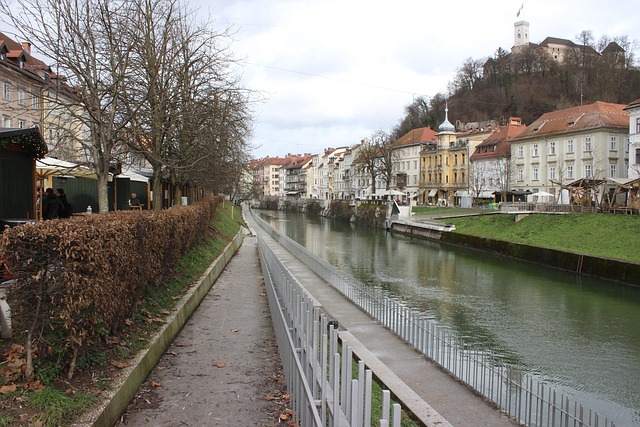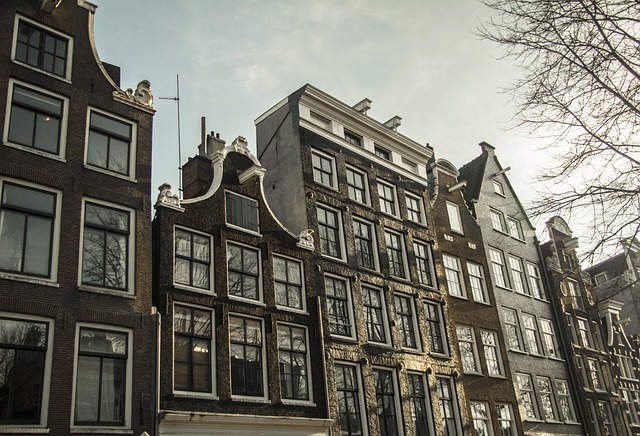Navigating traffic in Karachi's Jamshed Town requires understanding its unique patterns during peak hours due to high population density and vehicular movement influenced by local businesses and economic activities. Solutions include optimizing traffic signals, implementing dynamic pricing, developing alternative routes, expanding public transport like BRT systems, encouraging carpooling, cycling and walking, all aimed at reducing congestion and making the area more livable for Karachi residents.
Karachi, as Pakistan’s vibrant metropolis, presents unique challenges in managing traffic congestion. This article delves into the intricate traffic patterns of Jamshed Town, exploring strategies to navigate and alleviate the daily jams. By understanding the dynamics of this bustling area, we offer insights into effective solutions that can enhance mobility and quality of life for its residents. Discover practical approaches to tackling congestion in one of Karachi’s most populous neighborhoods.
- Understanding Traffic Patterns in Karachi's Jamshed Town
- Strategies to Navigate and Alleviate Congestion in Jamshed Town, Karachi
Understanding Traffic Patterns in Karachi's Jamshed Town

Understanding traffic patterns in Karachi’s Jamshed Town is essential for anyone navigating this vibrant yet bustling metropolis. With a population that exceeds 15 million, Karachi experiences unique mobility challenges, especially during peak hours. The dense network of roads and highways, coupled with an increasing number of vehicles on the road, often leads to heavy congestion, particularly in areas like Jamshed Town, known for its lively markets and commercial hubs. By studying these patterns, residents and commuters can plan their journeys more efficiently, reducing travel time and minimizing frustration.
Jamshed Town’s traffic dynamics are influenced by various factors, including local businesses, schools, and the city’s overall economic activities. The area witnesses a surge in vehicular movement during morning and evening commutes, with many residents traveling long distances to reach their destinations. Additionally, special events or festivals can significantly impact traffic flow, creating temporary bottlenecks. Understanding these fluctuations enables authorities and urban planners to implement targeted solutions, such as optimizing traffic signals or considering alternative transportation routes, thereby enhancing the overall mobility experience in this dynamic part of Karachi.
Strategies to Navigate and Alleviate Congestion in Jamshed Town, Karachi

Navigating congestion in Jamshed Town, Karachi requires a multi-faceted approach. One effective strategy is enhancing public transportation infrastructure and promoting its use. This includes improving bus routes, introducing efficient bus rapid transit (BRT) systems, and encouraging carpooling to reduce the number of private vehicles on the road. Additionally, implementing dynamic traffic management solutions can help optimize flow. These may include adaptive signal controls that adjust based on real-time traffic data, as well as variable pricing for parking and toll roads during peak hours.
Another crucial strategy is the development of alternative routes and transportation corridors. By providing diversions around heavily congested areas, drivers can avoid gridlock. This might involve expanding existing roads or constructing new ones to accommodate increased traffic. Moreover, encouraging non-motorized transportation options like cycling and walking through dedicated paths and safe crossing points can also alleviate congestion, making Jamshed Town a more sustainable and livable urban space for all residents of Karachi.
In the bustling metropolis of Karachi, understanding and managing traffic congestion in areas like Jamshed Town is paramount for a smoother urban experience. By delving into the unique traffic patterns and implementing strategic solutions, residents and commuters can navigate this vibrant city more efficiently. These measures not only alleviate daily jams but also showcase the potential for enhancing overall mobility in light of the growing population and vehicle ownership in Karachi.
